Native spirits
Written By Alena Walker
In an age of globalization and factory production, the importance of preserving age-old traditional craft has never been more vital. Xapiri, founded by Jack Wheeler and Gareth Evans, is an initiative that supports ethical art production through fair trade working with 27 tribes in the Amazon.
Forging a dialogue on the struggles faced by tribal communities, Xapiri also aids through selling culturally significant fair trade craft, alongside curating artifacts and information on indigenous rituals. We speak with Jack Wheeler about travel, tradition and unifying art and awareness.
You were travellng for five years around southern and Latin America, did that experience initiate Xapiri?
I started in New York and traveled for 18 months by land to Patagonia and always tried to get deep into the local artisan culture, but I never really had a grand plan to take it anywhere; it was just something that I loved.
I remember years ago right at the beginning, living in Cusco, Peru, and loving all the artisan work and dreaming about getting some of the design back to England somehow.
When I came back to England it seemed as if all the big shops, like Topshop and so on, had Aztec and Inca prints on their clothing and it made me a little sad. Traveling back to Peru a year later, I saw how quickly it was all changing over there, especially in Cusco. They have artisan markets and probably 80% were all factory produced and not even from Peru, so you really had to go off the beaten path to find the real art.
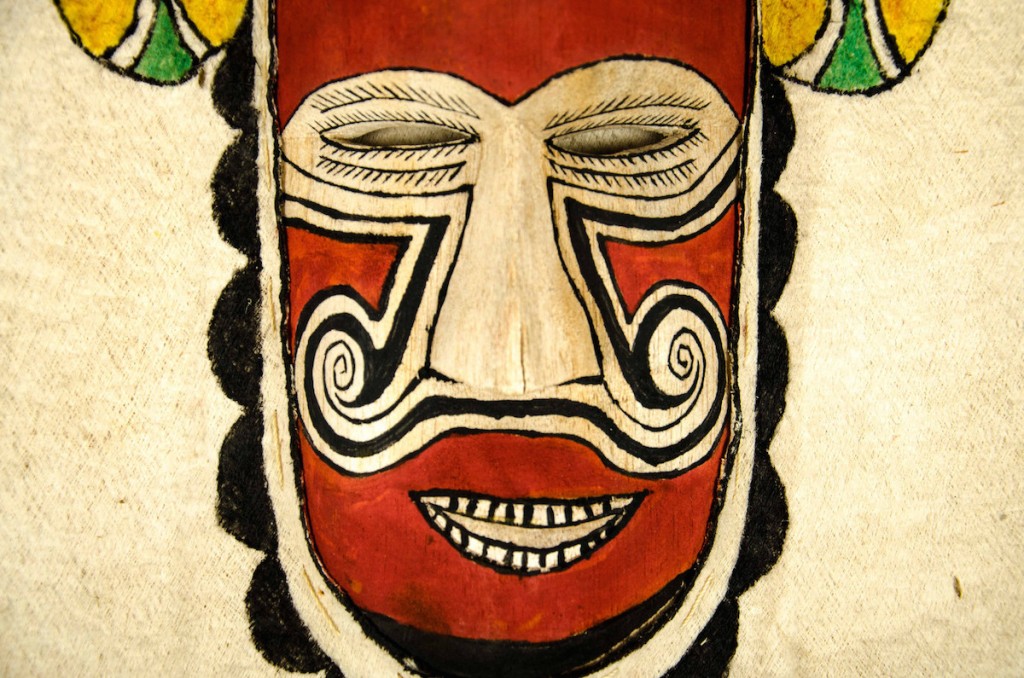
What does fair trade mean to you?
For Xapiri, fair trade is to encourage top quality craftsmanship while creating and developing a sustainable trade structure. We ensure high standards of production by paying high prices for the artisan work and also by purchasing all art upfront so there is never any confusion or delay in payment. Longer term, we will reinvest profits back into the communities by continuing the trade but also with other social projects which are needed.
What is the greatest challenge in preserving the heritage and identity of Amazonian tribes?
It’s sometimes forgotten and we need to remember that the indigenous people of the Amazon have suffered five centuries of disease, murder and exploitation since the arrival of Europeans. Continuing to the present day, the problems are well documented, including logging, mining, agriculture and territory disputes to name a few. These factors combined with an increased contact with the western world often mean the native culture and heritage is diluted. We wish to empower these people through their art and give them added belief to maintain and continue their vibrant culture and traditions.
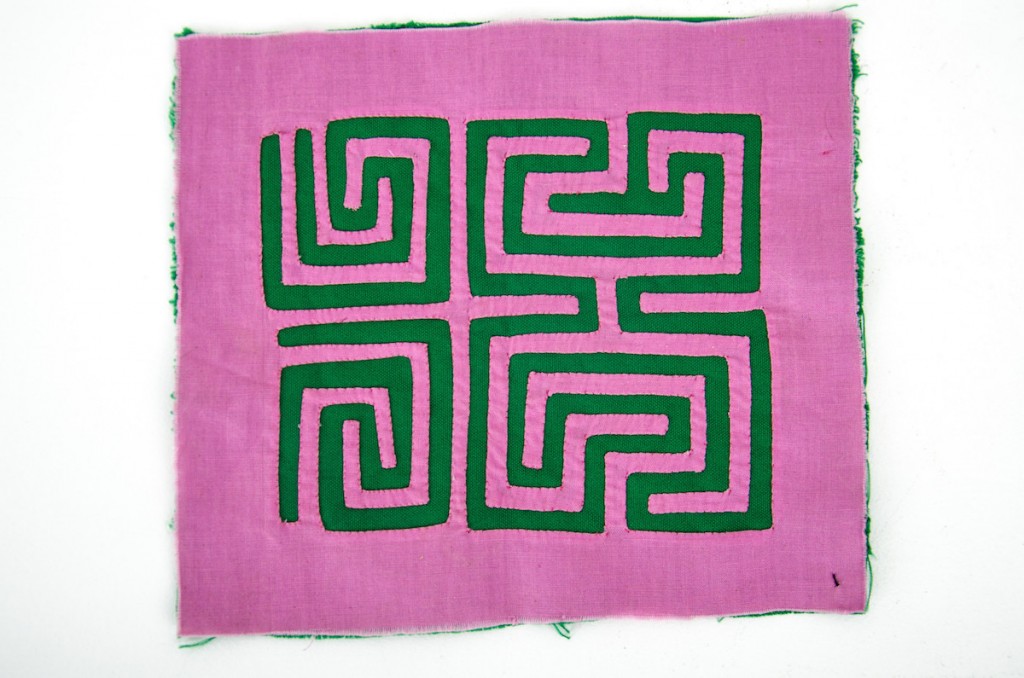
Xapiri is planning to assist in the re-birth of a 50-year-old lost ceremonial ritual deep from within Brazil. Could you tell me about this? What does bringing lost tradition mean for the tribe?
When we were in Salvador of Bahia, Brazil, we went to a museum and there was this incredible photo of a ceremony happening with huge circular ceremonial masks. When I got back to England, I researched the photographer, an anthropologist named Dr. Aristoteles Barcelos Neto from Brazil.
I learned he was lecturing in England, so I got in contact, and we met in London where we chatted all day. He told me that the tribe he based his academia research on, the Canela Tribe, had problems in the 70s with outsiders coming in, I think mainly missionaries, who came to the community and said that what they were doing was wrong and to stop practicing their rituals and their traditions, and then that tradition was lost.
But speaking with him in London, his dream was to go back and to help them bring this ritual back. It’s only the elders in the village who can remember how to prepare for the ritual, how to get the materials for the masks and how to spend two months in the forest gathering enough food, so it’s very close to loosing the knowledge completely. When Aristoteles was talking to Gareth and me, we agreed in partnership to go back and to make this project happen and to assist the elders in teaching the children the skills to prepare for this ritual.
Can you tell me more about the pieces that formed the beginning of your own personal collection of traditional design?
One is a cowhide helmet from Bolivia. This was one of the first items I stumbled into and has a special place for me as it was one of the first times I found myself in communication directly with the indigenous people naturally rather than in a market situation. I also picked up an amazing handwoven belt from a mountain community near Cusco — I have always been fascinated with shamanism culture. I picked up some old wooden ceremonial vases from Cusco, which have the most magical touch. I bought a natural cotton shirt embroidered with Tzotzil design in San Cristobal de las Casas in Mexico; it’s a beautiful shirt that I wore when we launched Xapiri and had our opening evening; it gave good energy!
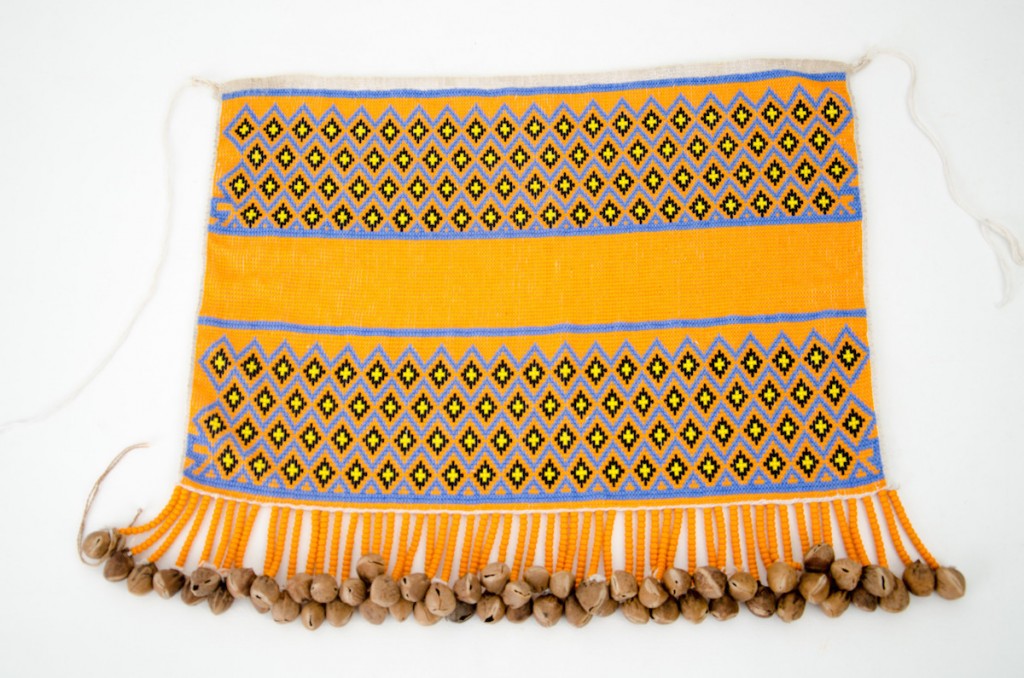
Related Reading




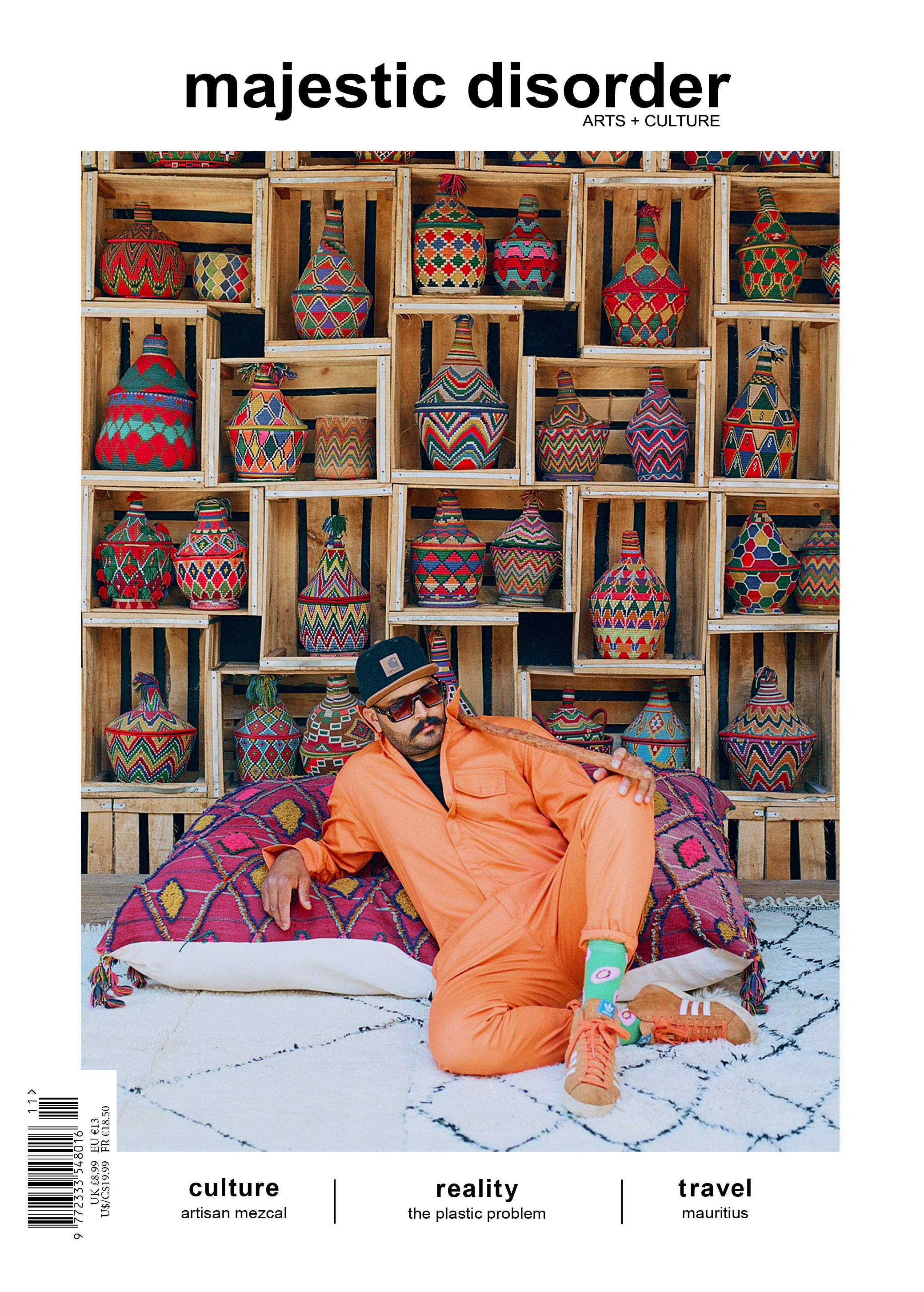
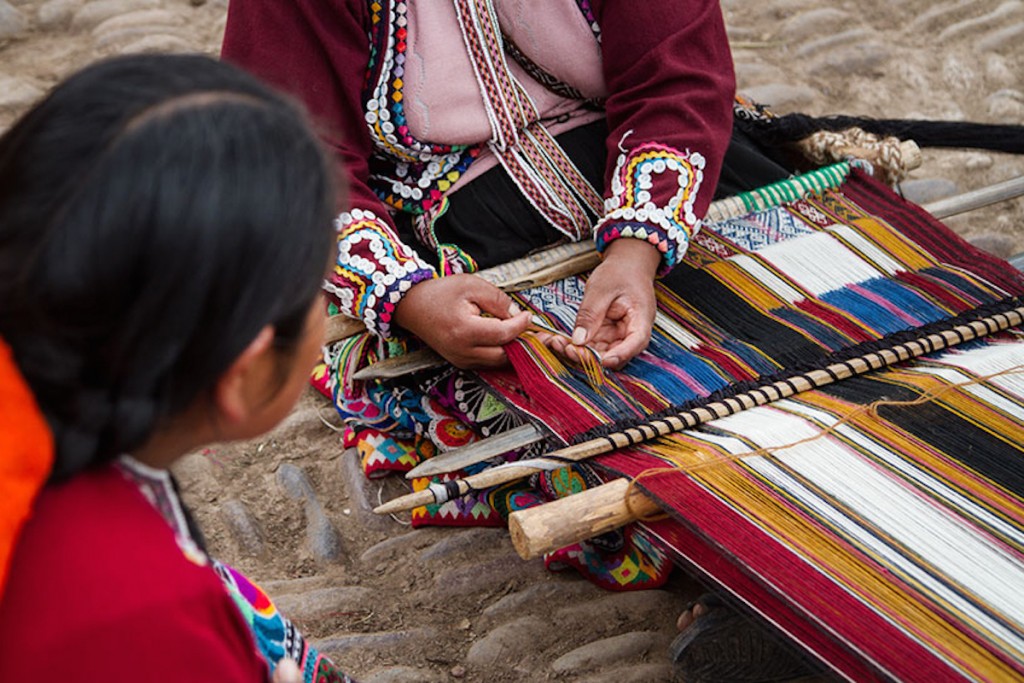
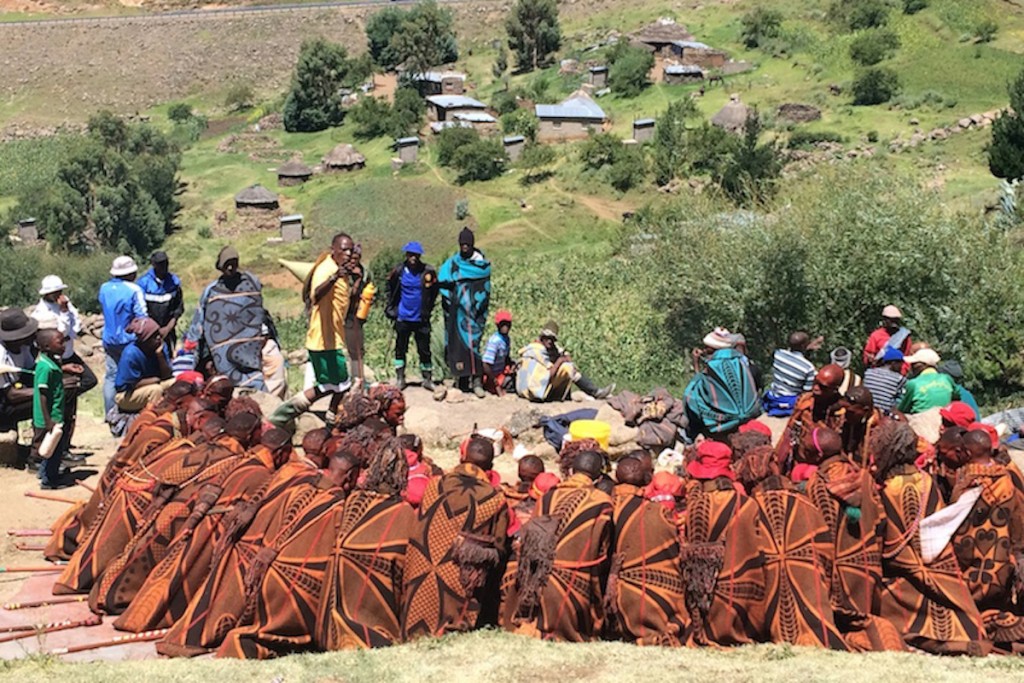
 @majesticdisorder
@majesticdisorder